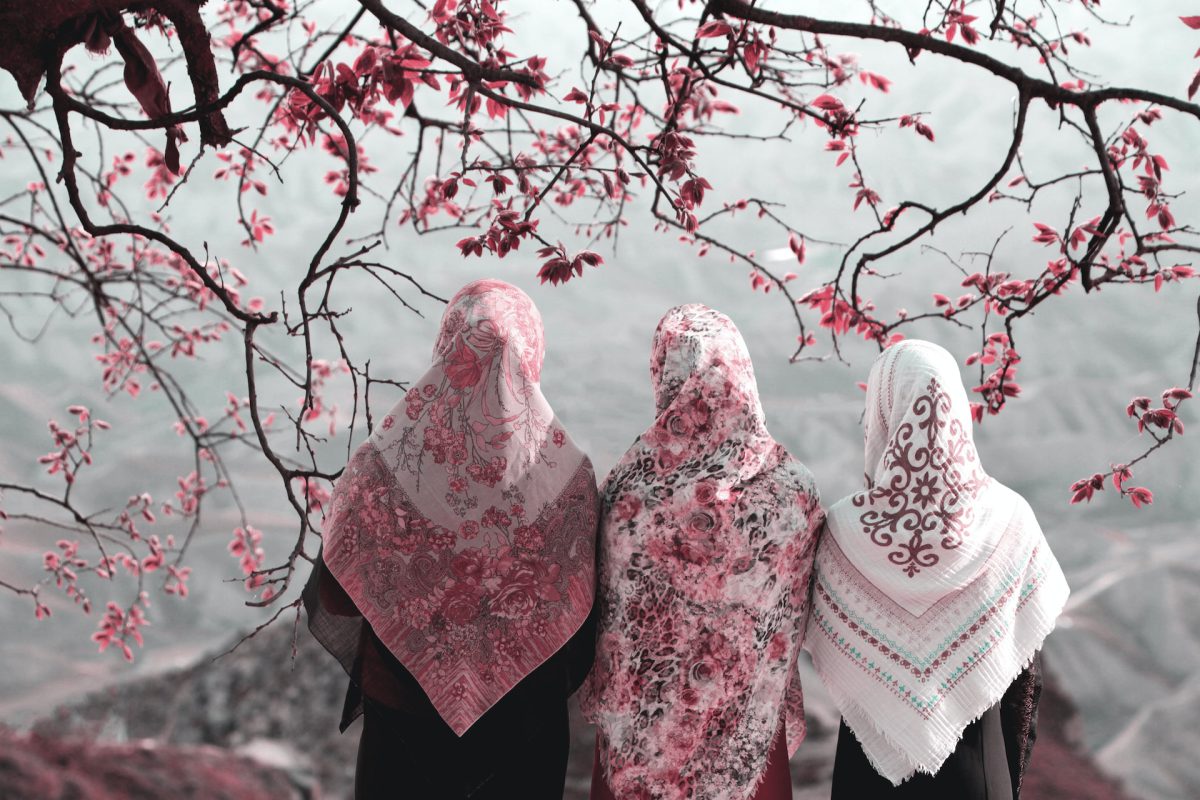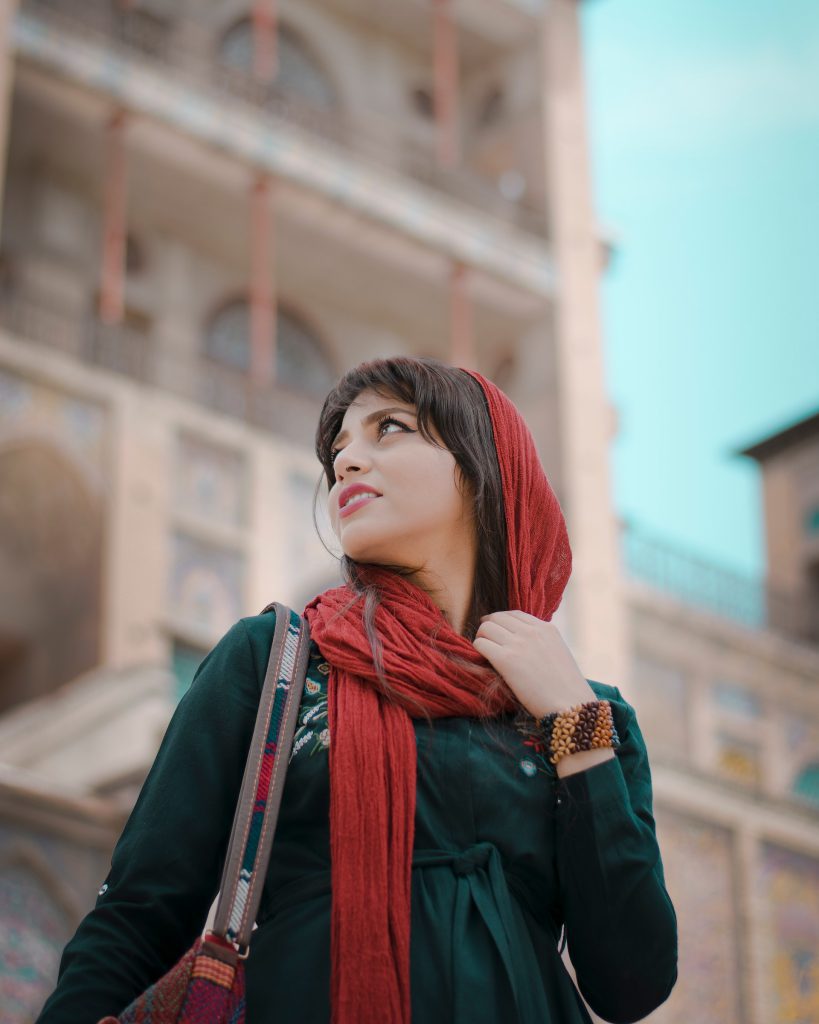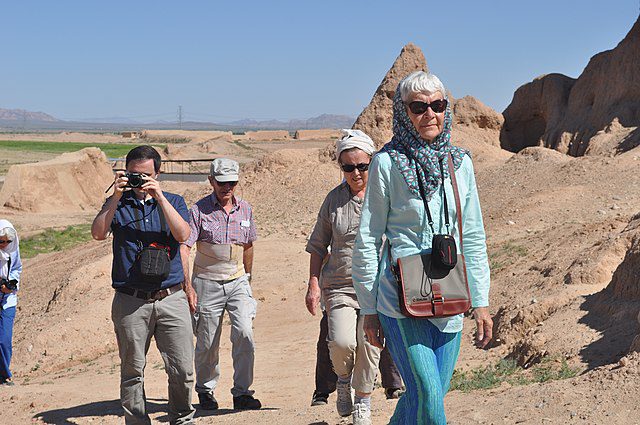Table of Contents
In Iran, the dress code holds great significance, especially for women who are required to wear a hijab in public, covering their hair and neck. Opting for loose-fitting clothes that also cover the arms and legs complements this modest attire. Men are encouraged to dress modestly too, avoiding shorts and sleeveless shirts.
As a visitor, you’ll find that Iran’s dress code is more relaxed than you might anticipate. However, it’s essential to adhere to the guidelines, as they are influenced by religious principles. Both men and women are expected to adopt a more modest approach to dressing compared to Western countries. By embracing and respecting Iran’s dress code, you’ll not only show cultural awareness but also create a meaningful connection with the local traditions and values.
Iran Dress Code for Ladies
In Iran, women, including visitors from abroad, are required to wear scarves on their heads when they go out. Their shirts or dresses should also be long enough to cover their buttocks. Arms and legs need to be covered, but it’s okay if a woman’s face, hands, or feet are visible. Finding suitable clothes is not too hard, as fashion designers often include these features as trendy options. One comfortable choice is a light tunic with ¾ or long sleeves, paired with leggings and a loose headscarf.
Iranian women follow a dress code that emphasizes modesty and elegance. Scarves are a must when stepping outside, and dresses or shirts should extend to the knees. While arms and legs must be covered, a woman’s face, hands, and feet can still be shown. Fashion options are flexible, with various colors and styles allowed. For a simple yet stylish look, women often opt for tunics with ¾ or long sleeves, paired with leggings and a loose headscarf.
Wearing Hijab in Iran
When you visit Iran, remember to bring a hijab headscarf since it’s essential to wear one when you arrive and go out in public. It may feel unfamiliar at first, but don’t worry, you’ll get used to it quickly. However, there are some misconceptions about the hijab’s rules and customs among both locals and tourists.
Remember, in Iran, all women must cover their hair with a headscarf, regardless of personal beliefs. As a visitor, it’s essential to follow this rule and show respect for their customs. Embracing the hijab will not only make your trip smoother but also create a meaningful cultural exchange between you and the locals.
Wearing Chador in Iran
The Chador is a traditional dress worn in Iran, especially in religious cities and villages like Qom, Kashan, Mashhad, and Yazd. It’s an overall dress without sleeves and usually comes in black, representing conservatism. Many women wear it to honor their beliefs and customs.
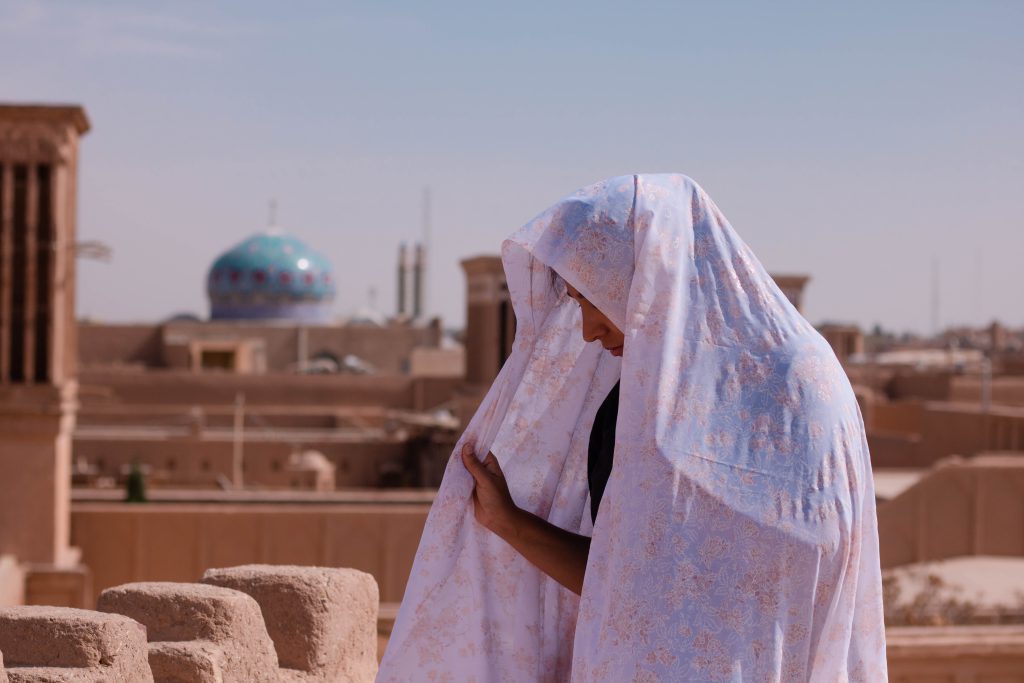
In Iran, tourists aren’t typically required to wear a chador, except in certain holy shrines and mosques. These places gift visitors with graceful garments at their entrance, a symbol of modesty and respect. By donning the chador in these revered spaces, tourists can immerse themselves in the beauty of Iran’s cultural traditions.
Current Dress Code in Iran
In Iran, clothing choices reflect personal beliefs and preferences. Some women opt for traditional black chadors, covering their hair modestly, while others wear scarves that reveal some hair, blending tradition with a modern twist. Jeans bring people together, loved by many across different backgrounds.
Alongside these diverse styles, the streets come alive with vibrant scarves and dresses, showcasing a spectrum of colors that spark creativity and freedom in women’s fashion. This harmonious mix of tradition and contemporary flair creates a unique fashion atmosphere, where individual expression flourishes.
Iran Dress Code for Men
In Iran, men’s dress code isn’t as strict as it is for women, but it’s essential to be aware of local customs. Unlike a religious rule, it’s not common for guys to wear shorts and sleeveless shirts outside. It’s alright at home, but not in public. So, if you’re traveling in Iran, it’s best to choose longer shirts with sleeves and pants that cover your knees.
Respecting the Iranian way of dressing shows that you understand their culture and helps you connect with the friendly locals. It’s not just about fashion; it’s about being considerate. When you’re exploring the beautiful sights and chatting with kind Iranians, your clothing can speak volumes about your appreciation for their traditions. So, pick comfortable, modest clothes, and enjoy your journey with admiration and respect for this wonderful country.
Iran Dress Code for Children
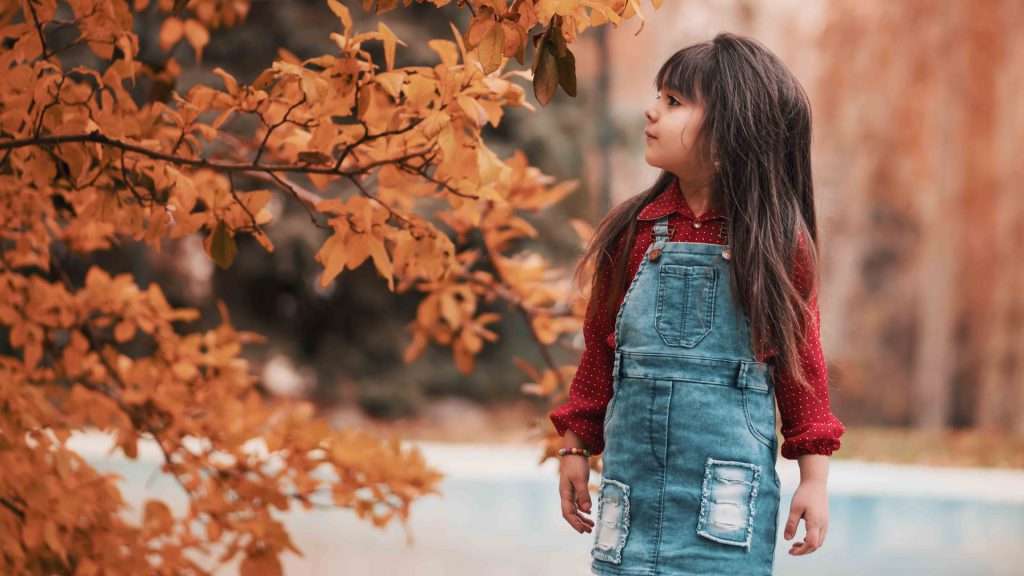
Curious about dressing your little ones in Iran? Well, fret not! There’s no ban on children’s clothes here. Girls under 12 can wear anything they like, no scarves are needed. Boys of the same age can join in the fashion fun too, even rocking shorts. So, when you visit this captivating country, let your kids enjoy their youthful freedom and express themselves stylishly, as they create unforgettable memories amidst Iran’s rich cultural heritage.
Swimming Suits in Iran
In Iran, swimming spaces are divided for men and women, whether it’s pools or beaches. Women can freely choose their swimming suits without any strict rules, while men enjoy the same freedom in their designated areas.
Women’s swimwear ranges from traditional to modern, allowing them to express their style. Men, too, have diverse options, from classic shorts to trendy board shorts. This system blends individual choice and cultural tradition, creating a unique and harmonious swimming experience in Iran.
Indoor Dress Code in Iran
In Iran, the rules for clothing mainly apply when you’re out in public, whether you’re a man or a woman. Inside your home or a hotel room, you’re free to wear whatever you like, whether you’re a resident or a tourist. But if you get invited to a local’s house, it’s essential to be mindful of their religious beliefs and avoid dressing too provocatively. In places exclusively for women, like gyms or beauty parlors, you can also take off your hijab. Just remember that spaces like restaurants, hotel lobbies, and cars are considered public, so it’s best to stick to modest attire there.
Iran’s indoor dress code reflects a balance between tradition and modernity. When you’re inside private spaces like homes or hotel rooms, there are no strict clothing rules – you can wear whatever makes you comfortable. But things change when you step outside into public spaces. Men and women are expected to dress modestly, adhering to cultural norms. If you’re visiting a local’s home, it’s essential to show respect for their religious views and avoid wearing revealing outfits. In women-only places, like gyms or beauty parlors, the hijab is not mandatory. Remembering these guidelines will ensure a smoother and more respectful experience in Iran’s diverse cultural landscape.
What to Wear When You Travel to Iran
When traveling to Iran, it’s essential to know and respect the country’s dress code, especially for women. All female tourists must wear the hijab, a headscarf, as mandated by Islamic law. While Iran’s laws for tourists are more flexible, women should put on the hijab immediately after landing at Iranian airports. Embracing this cultural custom shows respect and appreciation for Iran’s traditions, making your journey more enjoyable and memorable.
In Iran, the dress code is a crucial part of their culture. For female tourists, wearing the hijab is a must, but the rules are more relaxed for travelers. Remember to put on the headscarf upon arrival at Iranian airports. Respecting these customs not only keeps you in line with the law but also opens doors to connect with the locals and experience Iran’s rich heritage firsthand. Enjoy your trip!
Traditional Clothes of Tourists in Iran
When you visit Iran, you can try wearing your traditional clothes if you want. Some people may want to wear their local outfits. Just make sure your clothes follow the guidelines in the Women’s Dress Code section of this article.
In Iran, it is also common for women to wear traditional clothes. You can wear them too, as long as you follow the rules mentioned in the Women Dress Code section. The key is to dress modestly and cover your hair with a headscarf. Remember to choose loose-fitting clothes that don’t show your body shape. By respecting these customs, you show appreciation for the country’s heritage.
FAQs about Iran Dress Code
Q1: What is the dress code for women in Iran?
A1: Women in Iran are required to wear a hijab in public, covering their hair and neck. They should opt for loose-fitting clothes that also cover the arms and legs, while their face, hands, and feet can be visible.
Q2: What is the dress code for men in Iran?
A2: Men in Iran are encouraged to dress modestly, avoiding shorts and sleeveless shirts outside. Longer shirts with sleeves and pants that cover the knees are recommended for public attire.
Q3: Are there any dress code rules for children in Iran?
A3: Girls under 12 are not required to wear scarves, and boys of the same age can wear shorts. There are no strict dress code rules for children in Iran, allowing them to express themselves stylishly.
Q4: Are visitors to Iran required to follow the dress code?
A4: Yes, as a visitor to Iran, it’s essential to adhere to the Iran dress code guidelines, showing cultural awareness and respect for local traditions and values.
Q5: Can tourists wear traditional clothes in Iran?
A5: Yes, tourists can try wearing traditional clothes in Iran. However, it’s important to wear loose-fitting and modest attire and cover the hair with a headscarf.
Visit Iran on an Unforgettable Journey with Customized Iran Tours
If you are considering a trip to Iran and wish to immerse yourself in the rich cultural tapestry of this fascinating country, one aspect that you’ll undoubtedly encounter is Iran’s unique dress code. The dress code in Iran is a reflection of its deep-rooted traditions and religious values, making it an integral part of the overall cultural experience for visitors. To truly make the most of this captivating aspect of Iran, it is highly recommended to embark on a customized and tailored tour that caters to your preferences and interests.
When it comes to discovering the true essence of Iran’s Dress Code, ToIranTour stands out as a dedicated travel agency with a profound understanding of Iran’s cultural heritage. By opting for our customized tours, you can tailor your itinerary to include specific destinations, experiences, and, of course, ample opportunities to explore different local bazaars or famous passages where you not only visit Iranian Dress but also have the opportunity to buy whatever you are interested in with the best quality.

